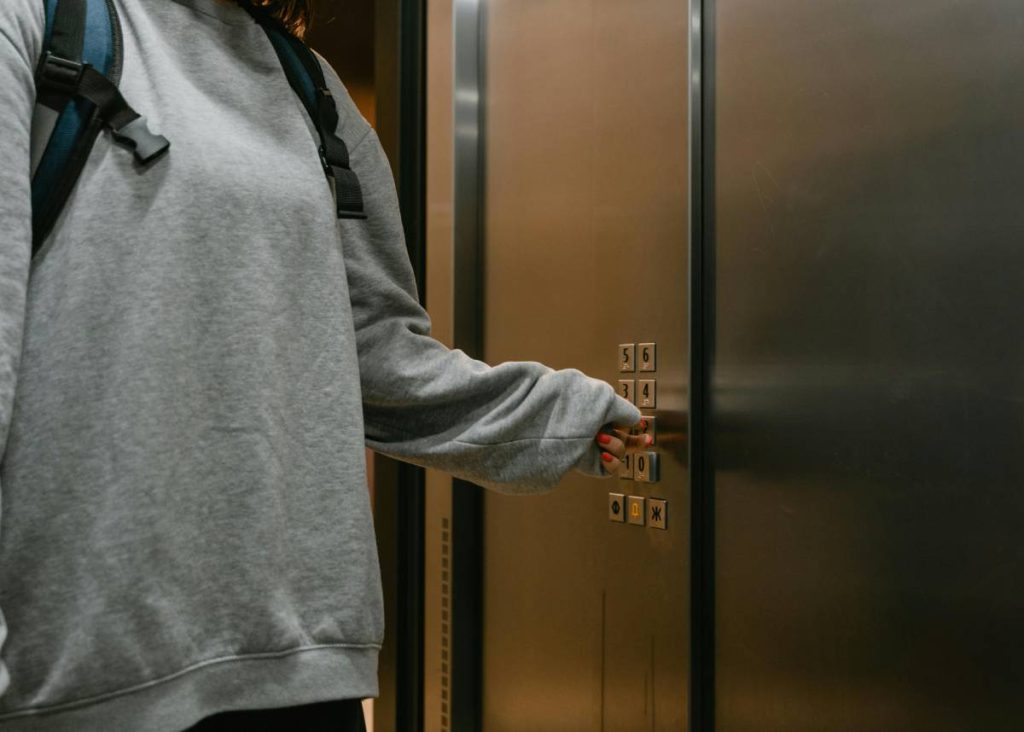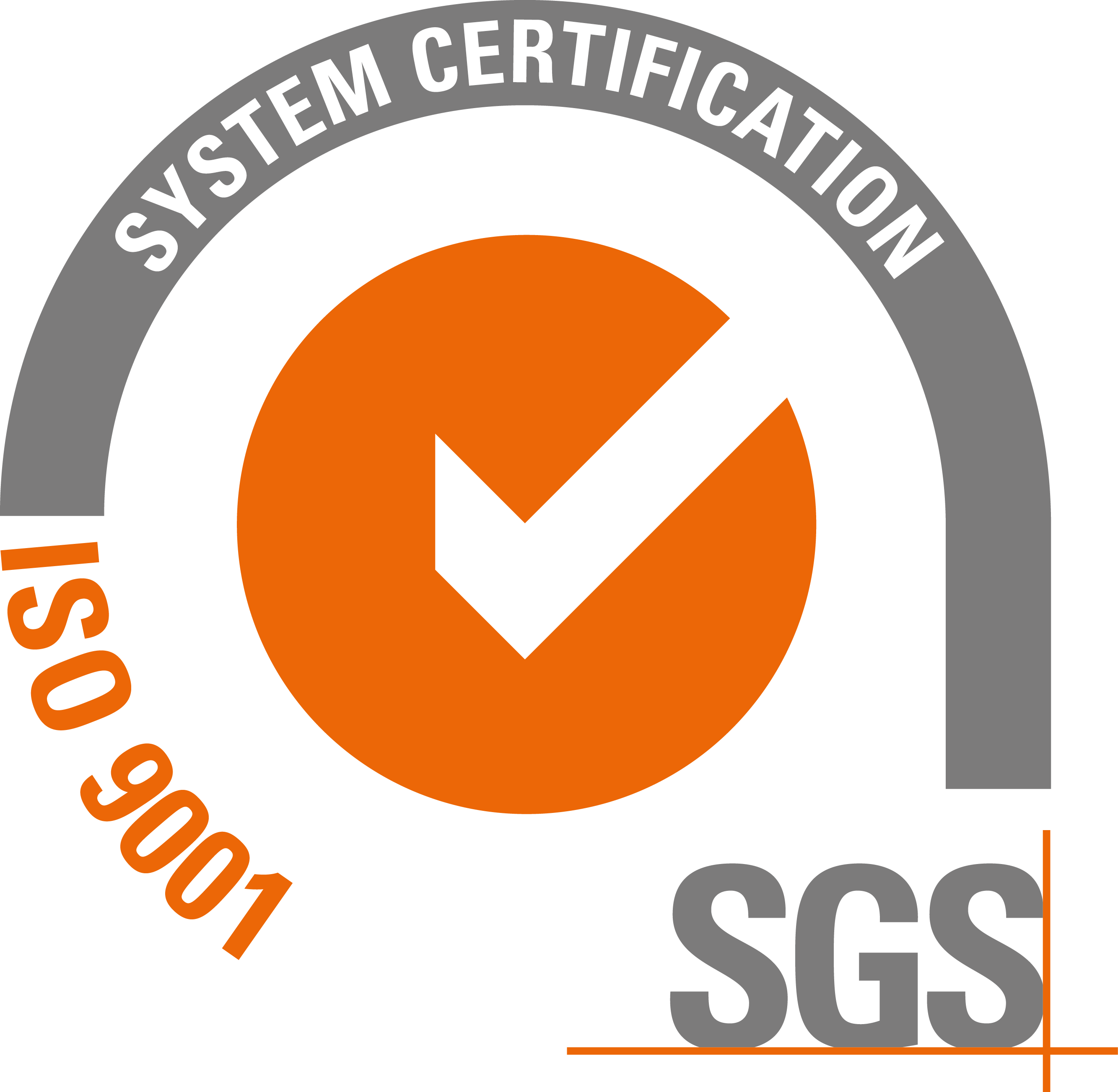Spain, the country with the highest density of elevators in the world —around 24 per 1,000 inhabitants— faces the challenge of modernizing a significant portion of its equipment. According to the Spanish Elevator Business Federation (FEEDA), more than 50% of these systems are over 20 years old, making updates to safety measures and maintenance requirements crucial.
The recently revised Technical Supplementary Instruction (ITC) AEM 1 “Elevators” introduces significant changes to maintenance standards and periodic inspections. The primary goals are to enhance user safety, ensure accessibility, and strengthen environmental responsibility. Both residential and public building elevators must comply with this new regulation.
Changes to Elevator Safety
The ITC outlines several mandatory measures to modernize existing units. Key updates include:
- Improved cabin leveling: Adjustments will be required to ensure precise leveling, with the use of frequency inverters recommended. Elevators that do not meet this standard must be modified within one year of the Mandatory Periodic Inspection (IPO).
- Automatic door protection: Photoelectric curtains must be installed to safeguard users from potential accidents. This device should cover from 25 mm to 1,600 mm above the cabin floor and be implemented within 6 to 12 months, depending on the situation.
- Prevention of uncontrolled movements: The cabin must be equipped with systems to prevent unintended movements, especially during the replacement of the traction group.
- Two-way communication: All elevators must feature a communication system that enables quick contact with a rescue center, ensuring accessibility for individuals with disabilities.
- Replacement of old guide rails: Older elevators will need to replace wooden or cylindrical guide rails unless designated as historical heritage. This update must be completed within 3 to 10 years, depending on the installation date.
- Load and counterweight control: Devices will be added to alert users of cabin overloading and ensure that counterweights can be inspected along their entire route.
New Requirements for Maintenance Companies
Maintenance companies will be required to follow a detailed Operation Manual for each type of elevator they service. This document must include specific instructions for rescuing trapped individuals, electrical schematics, and procedures for the proper use of communication systems, among other guidelines.
The instructions must be made available within two years of the new ITC coming into force. Additionally, in the event of elevator modifications, the instructions must be updated to reflect these changes.
Maintenance Plan According to UNE 58720 Standard
Elevator maintenance will also be reorganized under the UNE 58720 standard. Single-family homes will require inspections every four months, while other buildings must have monthly visits. Maintenance companies will need to draft a plan detailing activities, procedures, and necessary resources, with a one-year deadline for implementation.
With these changes, Spain is moving toward a safer, more accessible, and sustainable model for elevator maintenance and operation. Property managers and owners must be proactive in meeting the new requirements to ensure the safety of their communities.




